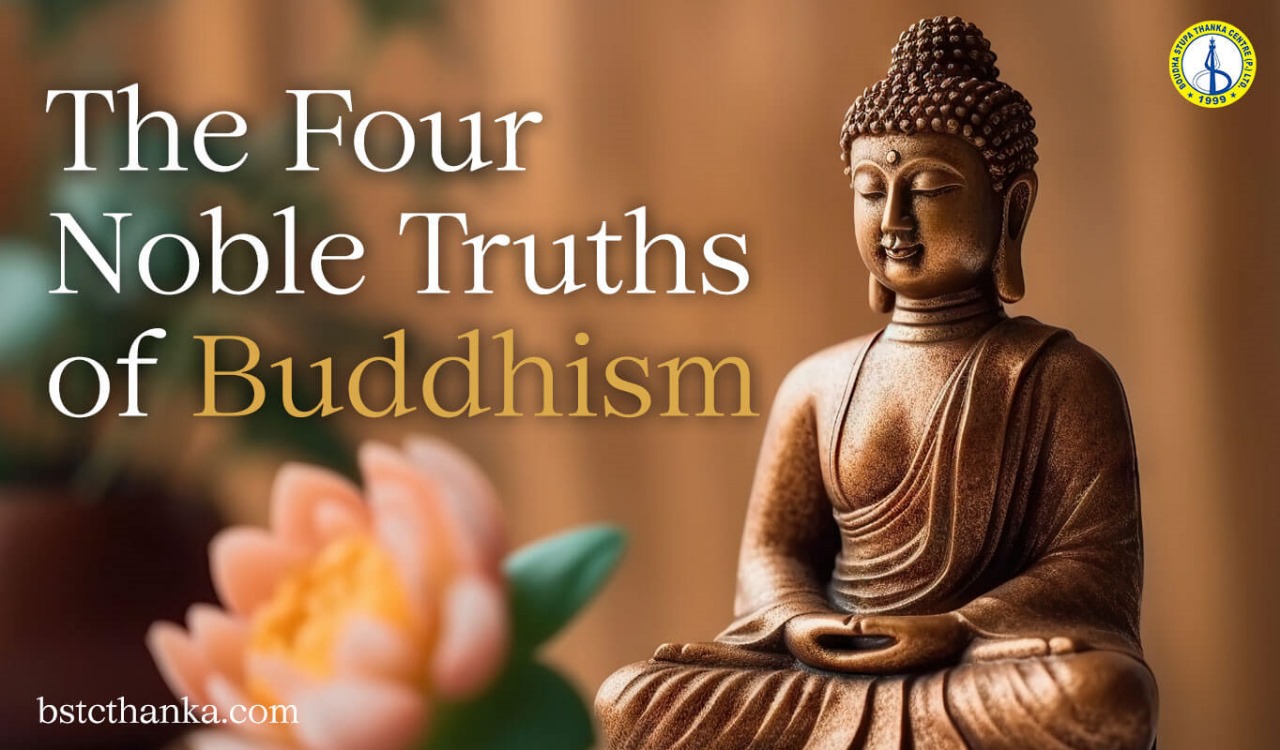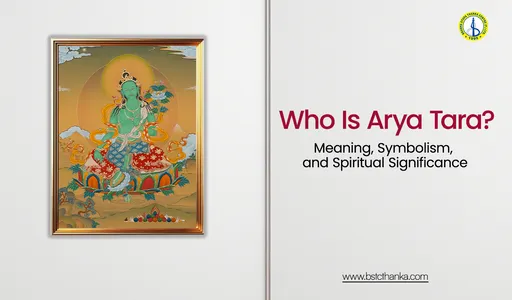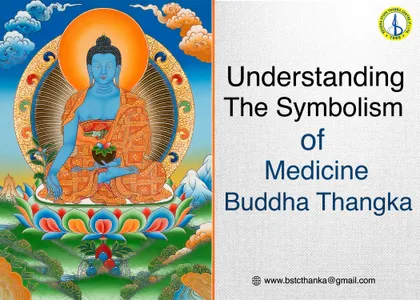
Four Noble Truths of Buddhism: Dukha, Samudaya, Nirodha & Marga
The Four Noble Truths of Buddhism are the truth of suffering, the cause of suffering, the truth of the end of suffering, and the truth of the path. The 4 noble truths are one of the foundational teachings of Buddhism and was received by followers from Gautama Buddha in the deer park at Sarnath for the first time.
The Four Noble Truths was first represented by Gautama Buddha as his first sermon after achieving enlightenment in the deer park at Sarnath as mentioned in the Buddhist scripture called “Dhammacakkappavattana Sutta”. The first sermon by Gautama Buddha provides a pathway to the understanding of the nature of suffering and the path to liberation from it.
The Four Noble Truths is the english translation of sanskrit “catvaryāryasatyāni” meaning “The Four Arya Satya.” let's understand in detail, the meaning of four noble truths and its teachings:
The 4 Noble Truths of Buddhism
1. Suffering: Dukkha
The first truth is "suffering"; "pain," "unsatisfactory," "unstable" is the basic nature of existence in life, often referred to as dukkha. It suggests that all life involves some form of suffering, whether physical pain, emotional distress, or the inherent instability and impermanence of all things.
Gautama Buddha in his final sermon identified birth, aging, sickness, death, encountering the unpleasant, separation from the pleasant, and the five aggregates of the mind and body (matter, sensations, perceptions, mental formations, and awareness).
What could we learn from The Truth of The Suffering? This truth teaches us that suffering is a natural part of life. The understanding of suffering encourages us to cultivate detachment, mindfulness, and compassion, ultimately leading to inner peace.
2. The Cause of Suffering: Samudaya
The second truth is the “Cause of Suffering”. In Buddha’s first teaching, the truth of suffering is associated with craving, thirst and attachment in his first sermon. The craving or the thirst produces karma which leads to the samsara “cycle of life and death” and to renewed dissatisfaction.
In other Buddhist texts the cause of suffering is generated from the states of negative actions (killing, lying, stealing, etc.) and negative mentality (hatred, desire, ignorance, etc.).
What could we learn from The Truth of The Cause of Suffering? The second truth “The cause of Suffering” teaches us that recognizing attachment, we could understand the root of our suffering and take steps toward freeing ourselves from it. This insight teaches us to cultivate non-attachment and contentment.
3. The End of Suffering: Nirodha
The third truth is the “End of Suffering”; “cessation”, “suppression”, “renouncing”, “letting go”. Everything is temporary, when one let go of craving and thirst could attain nirvana, referring to peace of mind and the end of suffering.
4. The Path: Marga
The fourth and final truth is “The Path.” The fourth truth teaching tells us that freedom from suffering is possible through conscious effort, mindfulness, and living a balanced, virtuous life. ethical conduct, mental discipline, and wisdom, leads us to the path of enlightenment and liberation from suffering.









